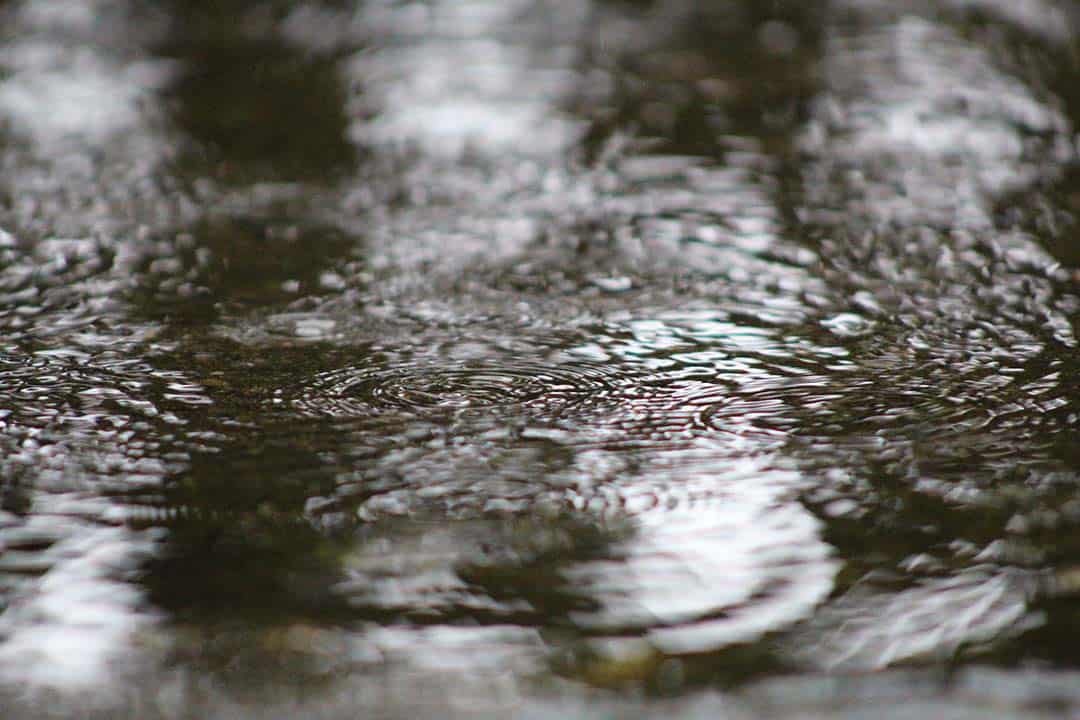Flushing the toilet may seem like an unconscious choice that does not affect the landscape of a community. However, in communities like Toronto, water treatment centres cannot treat groundwater and sewage at higher points of fluctuation, such as after a storm. That’s why, for example, Torontonians are advised not to swim in Lake Ontario 48 hours after heavy rain; the city’s water system can reach capacity and flush waste into the lake without treating the mix of bacteria and water. The overflow contains wastewater from both storms and domestic sewage, causing a high concentration of water pollution from large amounts of bacteria, chemicals, and debris.
Wastewater overflow is a great concern for older parts of the city because of the century-old combined sewage system. This infrastructure design involves a setup that connects both the storm sewers found on streets, and sanitary sewers that collect domestic wastewater, to a single underground sewage system to be treated.
During Toronto’s early development stage, the construction of the sewage system was a significant improvement to water quality, public health, and hygiene. Water-borne diseases, such as typhoid, that spread through sewage, contaminating well water, immediately declined. The city completed the construction of a combined sewage system in a decade, which was credited to improving the quality of life of Torontonians. These large underground pipes were, and still are, an effective sewage system design because they were economically feasible to build and maintain.
However, as the city grew and the sewage waste increased, the sewage system became a health concern again when heavy precipitation overwhelmed the sewage capacity, and wastewater overflowed into local bodies of water. Wastewater overflow has yet to be completely regulated, and remains a serious problem.
Under normal circumstances, the sewage water flows through underground pipes toward a water treatment facility before being returned to the lake. However, during periods of heavy rain, stormwater may overwhelm the combined sewage system, forcing the wastewater into the lake. In light of climate change, this has become an increasing concern for areas with older sewage systems that cannot accommodate large amounts of rainfall.
Rather than slowing the issue, winter still sees wastewater overflow according to Brad Bass, assistant professor at U of T’s School of Environment, and a member of Environment and Climate Change Canada’s Great Lakes Nutrient Initiative team.
In an interview with The Varsity, Bass mentions that “it’s where you get the instances of rapid snowmelt while it’s on the road, that becomes a flush of water into the drainage system.”
This poses a unique seasonal concern.
“We [shovel] snow, not just to clear the roads, [but] to prevent that case that rapid melt happens in another place so it doesn’t all end up flowing into the sewers,” Bass added.
Another reason is the use of road salt becomes a stormwater pollutant during the winter.
To address wastewater overflow, cities such as Toronto are working to lower the impact of combined sewage systems on water quality. However, this is no small feat. “There are many challenges with separating storm and sanitary systems, least of which is the huge expense and disruption of existing systems,” comments Professor Bryan Karney from the Department of Civil & Mineral Engineering.
Karney explains that one method to waylay costs and reduce stormwater overflow is to build storage systems to withhold temporary excess storm flow, reduce runoff at the upstream catchment, and increase capacity of the treatment plant downstream.
Also, according to Bass, there are other alternatives to reduce the negative effect of wastewater overflow. Options include green roofs, stormwater runoff ponds, and bioswales. These pieces of infrastructure help capture rainwater to reduce the load of water entering the sewage system during rainfall. Some might be engineered to treat the water before entering the sewage.
“You can use other engineering design features to slow the water down once they’re in those systems to really give them time to pull the nutrients out. And then there are specialized plants that you could use to target specific nutrients. So it’s nice, and they look nice, because you have plants in the middle of these hard surfaces,” Bass elaborated.
Wastewater overflow can also be reduced through daily activities. People are recommended to avoid non-essential water usage, such as doing laundry or showering, during major rainfall events, especially if they live in regions with older sewage systems. Also, they are advised to avoid inappropriately disposing of chemical waste that shouldn’t be thrown down the drain, like pharmaceutical drugs.
Extreme rain and snow events can cause a complex issue of wastewater overflow all year round, regardless of the seasons. From posing an immediate risk to human and animal health at beaches, or causing long-term ecosystem disruptions, wastewater overflow is a serious environmental issue that must be addressed. Due to the limitations of each solution, the best ways to address wastewater overflow may involve a combination of efforts to upgrade the sewage system, build more green infrastructure, and raise awareness for responsible waste disposal at the individual level.


